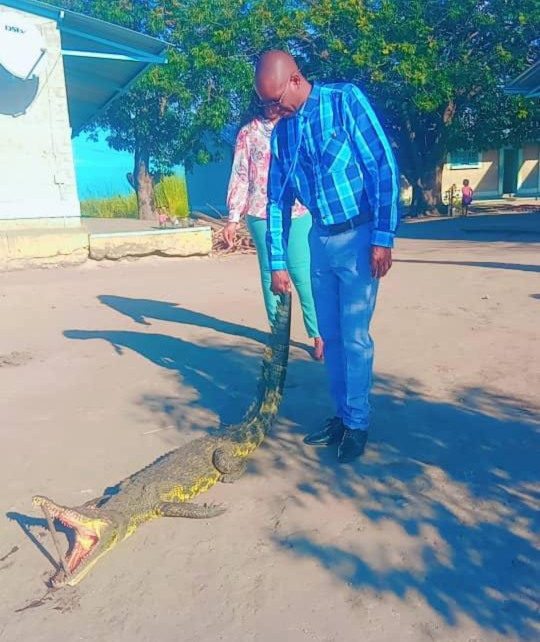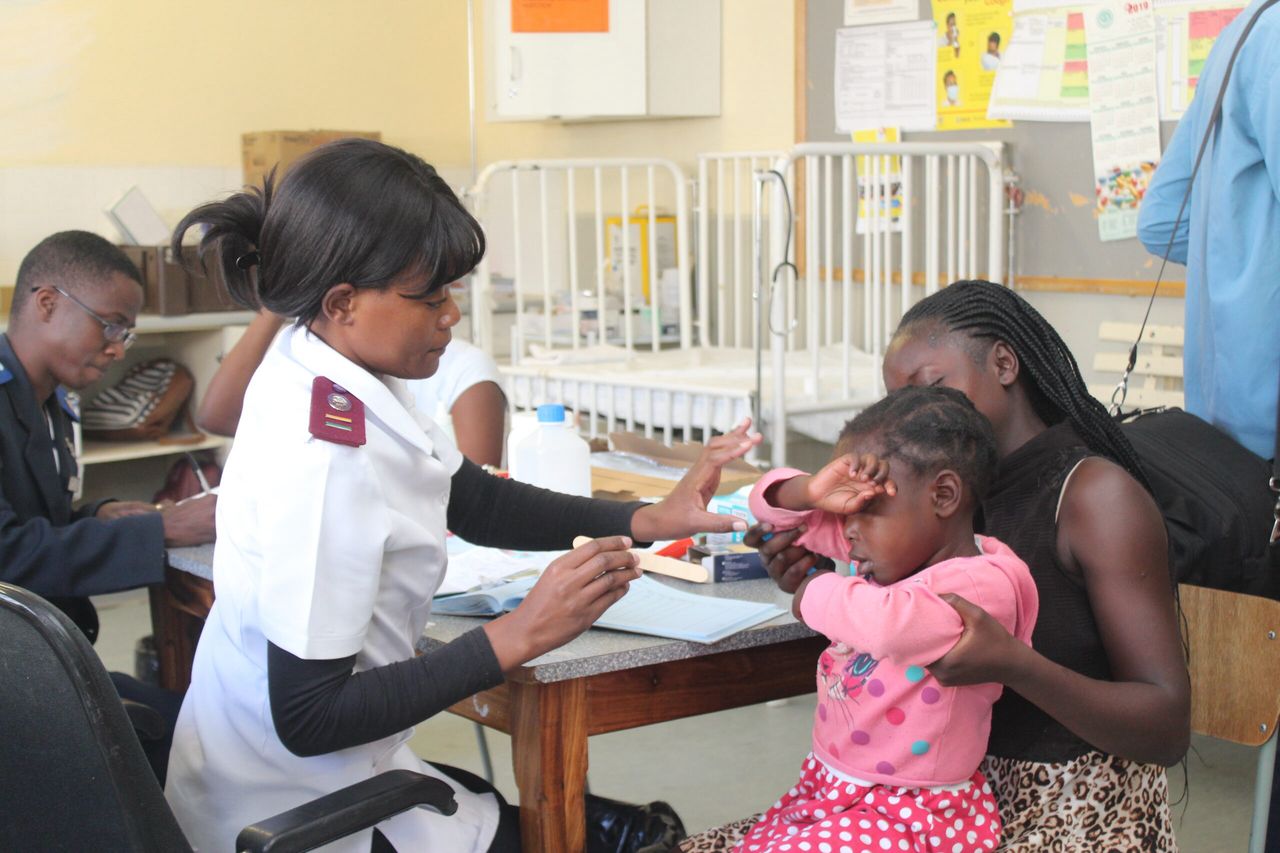MY name appears in your Political Perspective of Friday, October 13, among the names of “those who were thrust into captivity in the Lubango dungeons in Angola on the grounds that they were spies for the former apartheid government”.
The paragraph containing these names is meant for the Namibian youth today who “probably don’t even know the identities of many of those detained in exile by Swapo”. This paragraph is giving the wrong impression that I was also detained in Angola in the 1980s, which is not the case.I was detained in Tanzania from November 1968 to January 1970, together with six others.We were at Kongwa Military Training Camp when we wrote a very strong memorandum to the Swapo political leadership in Dar-es-Salaam, raising three main issues.Firstly, we demanded an investigation into the allegations linking the ten Swapo chief commander, Leonard Nangolo Fillemon (alias Castro), with the South African military intelligence.These allegations were brought to the Swapo office in Lusaka in early 1967 by Kuaima Riruako and the late Werner Mamungwe of Nudo after their release from prison in Pretoria.Our demand stemmed from the fact that we were losing many Plan cadres.Apart from those who were caught off guard at Ongulumbashe in August 1966, many groups were being intercepted shortly after stepping on the Namibian soil from Zambia.Secondly, we demanded that a Swapo congress be convened particularly to put the armed liberation struggle on a proper footing.Thirdly, we demanded that the rift between the two main ethnic groups, Owambos and Caprivians, at Kongwa Military Camp be brought to an end.We further stated that, if the Swapo leadership would not resolve the issues we had raised, we would resign from the organisation.Our memorandum was fist discussed with the Plan commanders at Kongwa, who agreed with it and took it to the Tanzanian military officers in charge of the Camp.The Tanzanians informed us that such a memorandum was overdue and, therefore, they would take us to Dar-es-Salaam the following day so that we could discuss it with our leaders there.When we got to Dar-es-Salaam, no such discussion took place.We were taken straight to the prison cells.The late Peter Nanyemba and Moses Garoeb signed for our detention.Strong nations are built on the foundation of properly recorded history that guides their nationals to know exactly where they are coming from, where they are at a given time, and where they are going.The Jews have one of the most meticulously written histories, which goes back thousands of generations.That is why they are so strong today.For our own survival as a nation, we Namibians should take our history very seriously; which is currently full of distortions and unrecorded gaps.Both the good and the bad happenings should be recorded truthfully and owned collectively either as a national pride to build on or a disgrace never to be repeated.The history of arbitrary detentions among Namibians in exile started in 1965 in Tanzania with the detention of George Mutwa and Alfred Tongo Nalisa, the leader of the Caprivian group at Kongwa.Their complaint was that the Caprivians were being discriminated against, not regarded as full Swapo members.After the two’s release from detention, Swapo disowned them and they made their way to Kenya.Much had happened among Namibians in Zambia during the 1970s, culminating in the Lubango dungeons of southern Angola where hundreds of people were detained during the 1980s.There were several main dungeon locations in the Lubango areas, each one of them holding tens of inmates: Chipukairo, Etale, Ethiopia, Karl Marx, Minya, Mungakuyu, Ndilimani and others.Aaron Mushimba and James Auala were among the last group of Namibians to enter and survive the dungeons, thanks to the implementation in 1989 of the UNSC Resolution 435 of 1978.I sincerely urge that as a nation we should undertake a thorough study of this 24-year ugly history.The people are still there who can give accurate information.For example, six different categories of Namibians were detained in Tanzania at different times in the 1960s.Three different groups were detained in Zambia in 1970s, including the group at Mboroma mass detention camp of 1976/7.It was after the Mboroma episode in Zambia when Namibians in exile started to kill one another.It is said that some people were made to dig their own graves.This history ended with the dungeons of Lubango in 1989, where hundreds of innocent Namibians were tortured, died and others disappeared without trace at the hands of fellow Namibians.The survivors returned home bearing indelible torture scars on their bodies and with horrible stories to tell.Samson Ndeikwila WindhoekThis paragraph is giving the wrong impression that I was also detained in Angola in the 1980s, which is not the case.I was detained in Tanzania from November 1968 to January 1970, together with six others.We were at Kongwa Military Training Camp when we wrote a very strong memorandum to the Swapo political leadership in Dar-es-Salaam, raising three main issues.Firstly, we demanded an investigation into the allegations linking the ten Swapo chief commander, Leonard Nangolo Fillemon (alias Castro), with the South African military intelligence.These allegations were brought to the Swapo office in Lusaka in early 1967 by Kuaima Riruako and the late Werner Mamungwe of Nudo after their release from prison in Pretoria.Our demand stemmed from the fact that we were losing many Plan cadres.Apart from those who were caught off guard at Ongulumbashe in August 1966, many groups were being intercepted shortly after stepping on the Namibian soil from Zambia.Secondly, we demanded that a Swapo congress be convened particularly to put the armed liberation struggle on a proper footing.Thirdly, we demanded that the rift between the two main ethnic groups, Owambos and Caprivians, at Kongwa Military Camp be brought to an end.We further stated that, if the Swapo leadership would not resolve the issues we had raised, we would resign from the organisation.Our memorandum was fist discussed with the Plan commanders at Kongwa, who agreed with it and took it to the Tanzanian military officers in charge of the Camp.The Tanzanians informed us that such a memorandum was overdue and, therefore, they would take us to Dar-es-Salaam the following day so that we could discuss it with our leaders there.When we got to Dar-es-Salaam, no such discussion took place.We were taken straight to the prison cells.The late Peter Nanyemba and Moses Garoeb signed for our detention.Strong nations are built on the foundation of properly recorded history that guides their nationals to know exactly where they are coming from, where they are at a given time, and where they are going.The Jews have one of the most meticulously written histories, which goes back thousands of generations.That is why they are so strong today.For our own survival as a nation, we Namibians should take our history very seriously; which is currently full of distortions and unrecorded gaps.Both the good and the bad happenings should be recorded truthfully and owned collectively either as a national pride to build on or a disgrace never to be repeated.The history of arbitrary detentions among Namibians in exile started in 1965 in Tanzania with the detention of George Mutwa and Alfred Tongo Nalisa, the leader of the Caprivian group at Kongwa.Their complaint was that the Caprivians were being discriminated against, not regarded as full Swapo members.After the two’s release from detention, Swapo disowned them and they made their way to Kenya.Much had happened among Namibians in Zambia during the 1970s, culminating in the Lubango dungeons of southern Angola where hundreds of people were detained during the 1980s.There were several main dungeon locations in the Lubango areas, each one of them holding tens of inmates: Chipukairo, Etale, Ethiopia, Karl Marx, Minya, Mungakuyu, Ndilimani and others.Aaron Mushimba and James Auala were among the last group of Namibians to enter and survive the dungeons, thanks to the implementation in 1989 of the UNSC Resolution 435 of
1978.I sincerely urge that as a nation we should undertake a thorough study of this 24-year ugly history.The people are still there who can give accurate information.For example, six different categories of Namibians were detained in Tanzania at different times in the 1960s.Three different groups were detained in Zambia in 1970s, including the group at Mboroma mass detention camp of 1976/7.It was after the Mboroma episode in Zambia when Namibians in exile started to kill one another.It is said that some people were made to dig their own graves.This history ended with the dungeons of Lubango in 1989, where hundreds of innocent Namibians were tortured, died and others disappeared without trace at the hands of fellow Namibians.The survivors returned home bearing indelible torture scars on their bodies and with horrible stories to tell.Samson Ndeikwila Windhoek
Stay informed with The Namibian – your source for credible journalism. Get in-depth reporting and opinions for
only N$85 a month. Invest in journalism, invest in democracy –
Subscribe Now!










